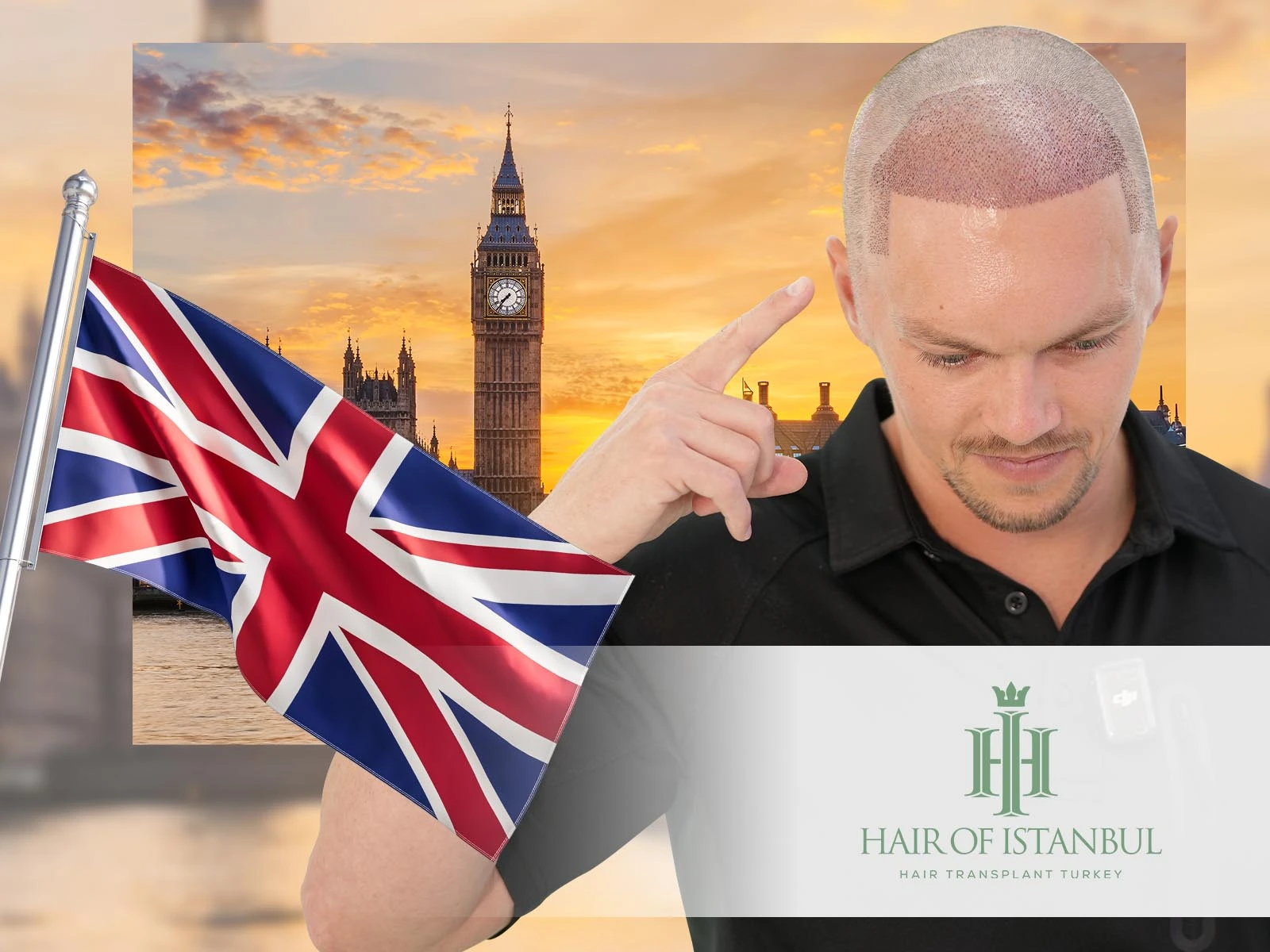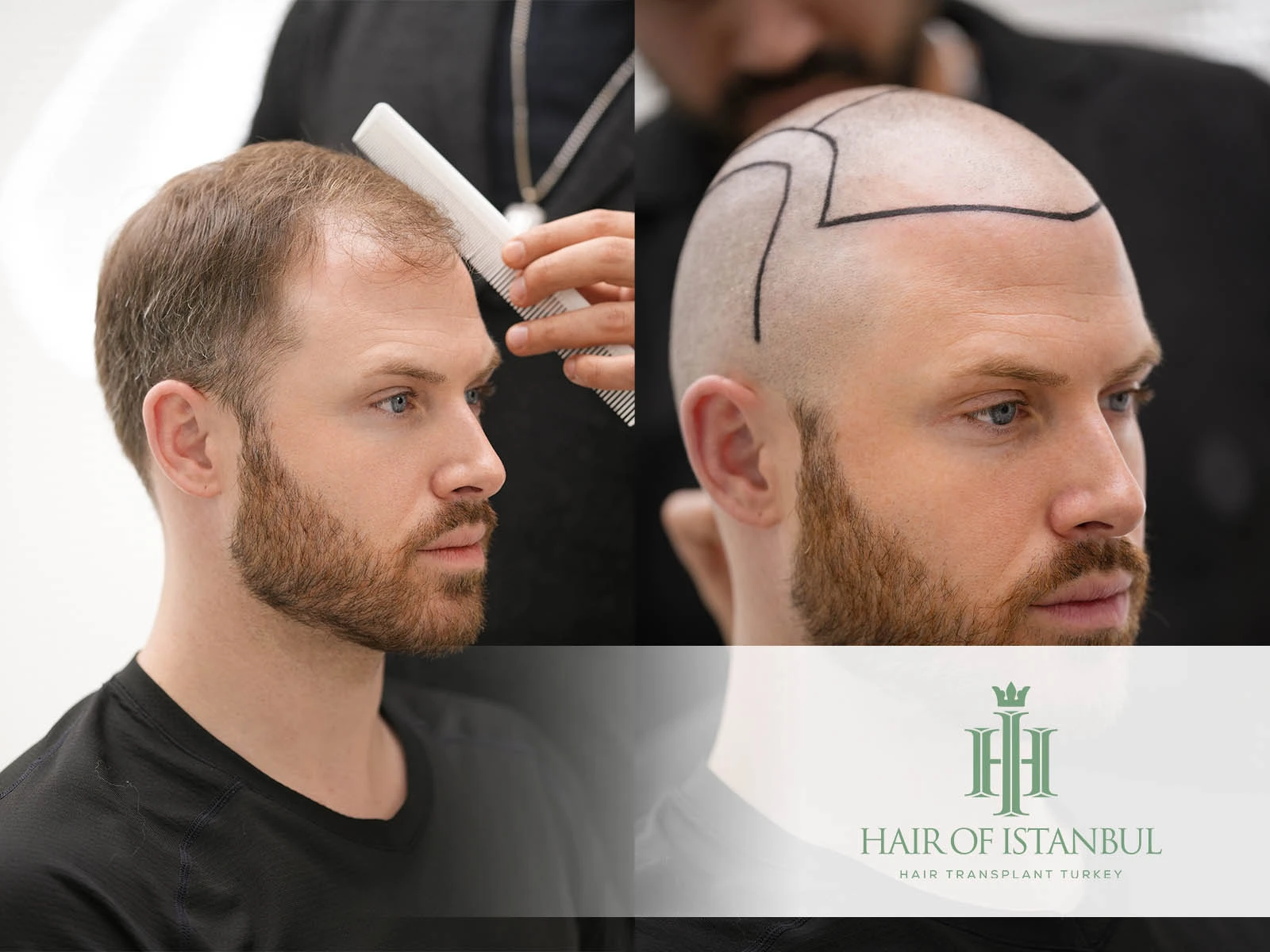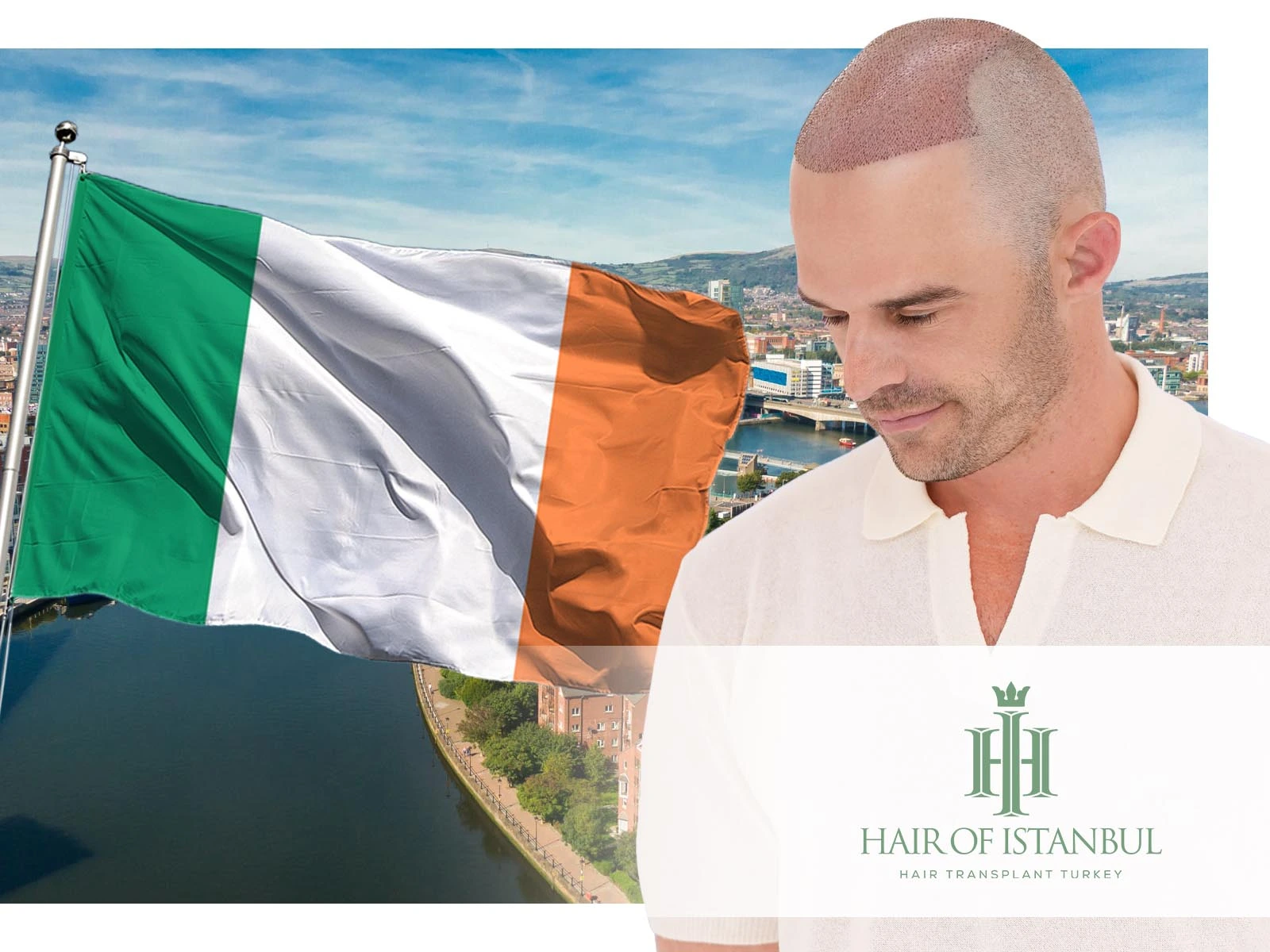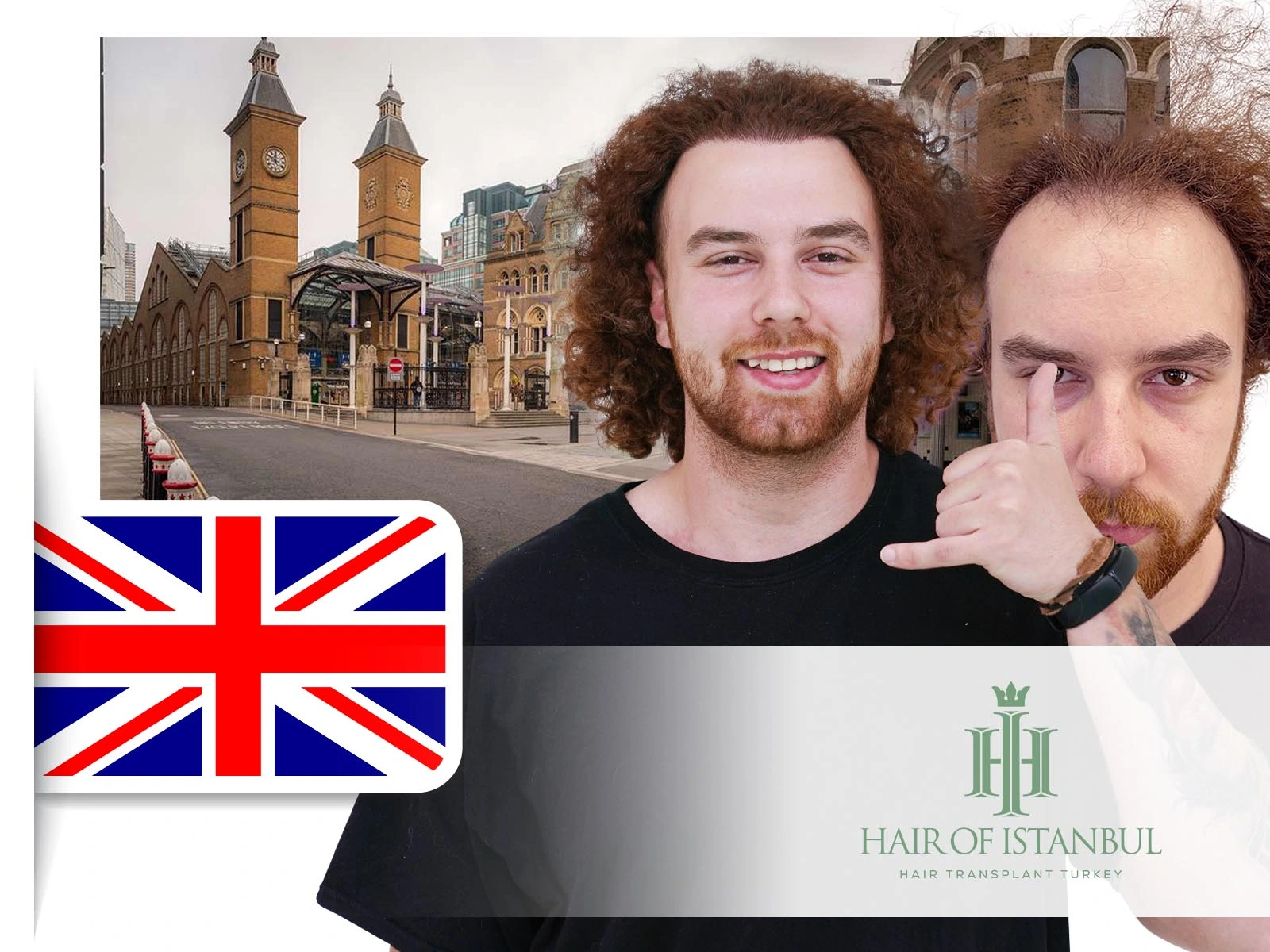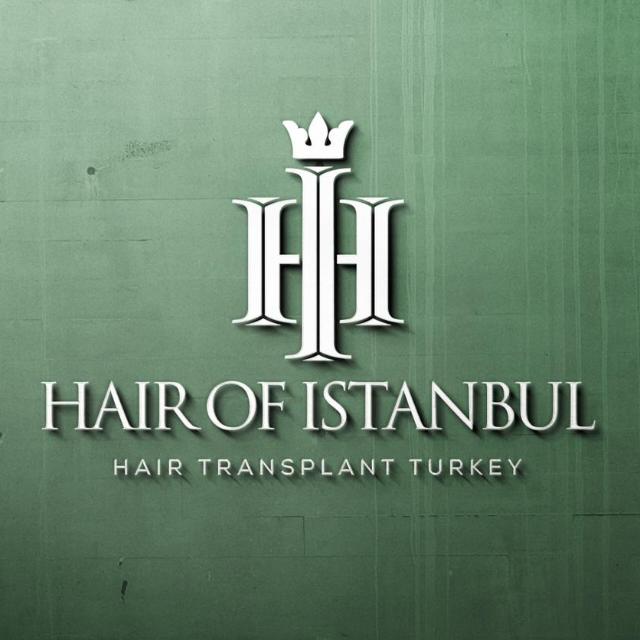What Does A Dislodged Hair Graft Look Like?
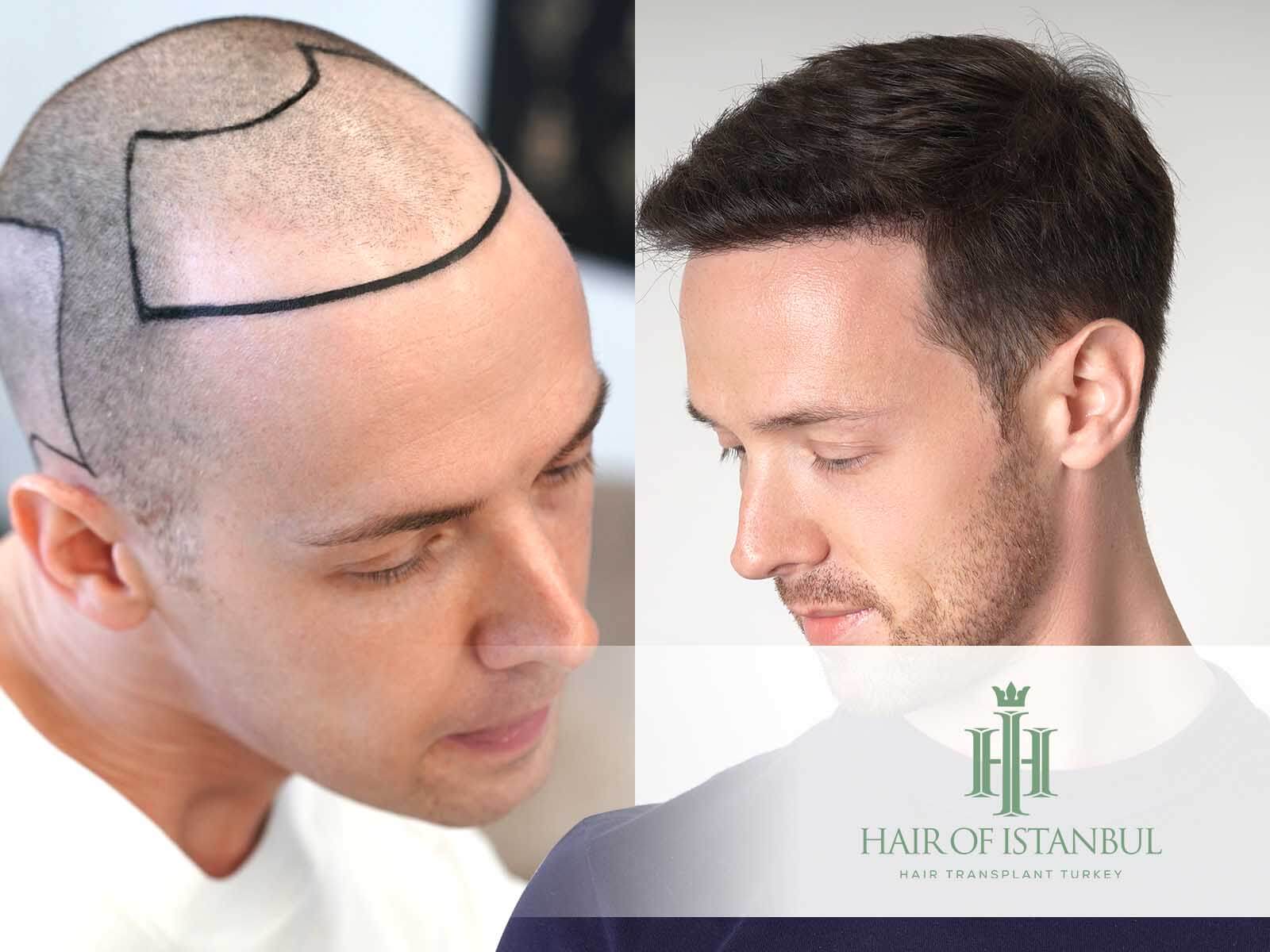
Navigating the post-operative landscape of a hair transplant procedure can be challenging, filled with questions and concerns. One common question revolves around the appearance of a dislodged hair graft. Recognizing the signs of a misplaced graft plays a vital role in securing the success of your hair restoration journey.
In the following article, we’ll provide a comprehensive overview of the topic, giving you a clear understanding of what to look for in case of graft dislodgement. From identifying signs to taking necessary actions, this guide will help ensure that your path to renewed hair growth remains smooth and stress-free.
How Do You Know If You Have Dislodged A Hair Graft?
| Spotting blood on the scalp: | Blood on the scalp within the first few days after surgery may indicate a dislodged graft. |
| Blood around the incision area: | A small amount of blood near the incision site could suggest a graft was dislodged. |
| Blood on pillow or scalp: | Noticing blood on your pillow or scalp during recovery might signal a misplaced graft. |
Don’t panic, but consult your surgeon immediately.
How Easy Is It to Dislodge a Hair Graft?
During the initial two weeks after a hair transplant, grafts can be vulnerable to shedding when touched or exposed to friction. This fragility comes from the newly implanted hair follicle’s lack of strength to resist physical stressors.
It’s just like planting a new seed; until it establishes roots firmly, it requires delicate care. So, during this period, avoid any rough handling of your scalp to ensure the grafts’ survival.
How Do You Know If Your Hair Graft Is Damaged?
Identifying damaged hair grafts can be challenging, but some signs can give you a hint. Here’s a table outlining the possible symptoms and their explanations:
| Persistent pain: | Damage to the graft could cause ongoing discomfort. |
| Inflammation: | Redness and swelling could indicate a potential infection or graft damage. |
| Unusual discharge: | If you notice any pus or unusual substance, it might be a sign of graft damage. |
| Delayed healing: | If the implanted area is not healing as expected, the graft might be damaged. |
How Long Do Grafts Take to Secure?
Following your hair transplantation, it typically takes between 5 to 10 days for the grafts to settle securely. During this period, the grafts are developing their new connections and starting to root in the scalp.
The healing process is critical, and how you care for your grafts can make a significant difference. Patience is your best friend during this period, and taking gentle care of the grafts can help ensure their success.
How Do You Know If Grafts Are Secure?
By the end of the second to third week post-transplantation, your grafts should be fully secure in their new locations. After this time, patients can confidently return to their regular hair care routines, wear hats, and stand under forceful showers. It’s like the grafts have passed their initial test and are now settling well into their new home – your scalp.
Also Read: How Syphilis Causes Hair Loss? Learn Its Effect and Treatment!
How Common Is Graft Failure?
Graft failure, which occurs when the new cells don’t produce the needed white blood cells, red blood cells, and platelets, can be a serious issue. However, it’s a relatively rare occurrence.
Choosing an experienced clinic and skilled doctors right from the start can significantly decrease the likelihood of graft failure. Remember, your choice of clinic and doctor is not just about the price or convenience, but about ensuring the success and health of your grafts.
Do Hair Grafts Fall Out With Scabs?
Typically, scabs form around the grafts between 24 to 72 hours after surgery and tend to fall off within 3 to 10 days. As these scabs shed, you might notice hairs falling out along with them. This phenomenon, while initially concerning, is completely normal.
However, resist the urge to pick or scratch the scabs as it can potentially lead to infection, jeopardizing the survival of your grafts. Let nature take its course for the best results.
Can Grafts Be Dislodged?
In rare instances, a graft might dislodge within the first few days following the procedure. But there’s no need for alarm. Losing a few hair roots won’t significantly impact the overall results.
As the transplanted hairs begin to grow, any minor graft loss will become indiscernible. So, in case you spot a dislodged graft, stay calm and contact your surgeon.
Also Read: Does Low Testosterone Cause Hair Loss? Here’s What to Do!
How Does a Dislodged Graft Look Like After Hair Transplantation?
The appearance of a dislodged graft after a hair transplant procedure can vary. Typically, it might resemble a small, semi-solid structure with a bulbous end, which is the root of the hair, attached to a thin hair strand. Discoloration is also common due to the exposure to the outer environment. The sight of blood or a small clot is also not unusual. [1]
Be aware that handling or attempting to reinsert a dislodged graft without professional help is strongly discouraged due to the risk of infection and damage to the graft.
How Many Grafts Survive?
Post-hair transplantation, the graft survival rate is impressively high, typically ranging between 90% to 95%. Essentially, this indicates a successful transition of hair from the donor site to the recipient area. [2]
What Can Cause a Hair Graft to Fail?
Graft failure could occur due to a number of factors:
| Improper Handling of Grafts: | Hair grafts are delicate and can be damaged during extraction or implantation. Mishandling may lead to their failure. |
| Drying Out of Grafts: | Hair grafts must be kept hydrated during the procedure. If they dry out, their chances of survival decrease significantly. |
| Infection at the Recipient Site: | Infection caused by poor hygiene or improper post-surgery care can harm the implanted grafts and lead to their loss. |
| Excessive Trauma to the Scalp: | Activities that disturb the scalp, such as scratching, sleeping improperly, or accidental hits, can dislodge grafts. |
| Smoking or Alcohol Use: | Smoking or consuming alcohol during recovery reduces blood flow and slows healing, increasing the risk of graft failure. |
| Excessive Sweating or Heat Exposure: | Prolonged sweating or exposure to extreme heat shortly after the procedure can impact graft survival. |
| Use of Harsh Hair Products: | Applying shampoos or chemicals too soon after surgery can irritate the scalp and harm the grafts. |
By addressing these potential issues, patients can improve the success rate of their hair transplant procedure. Proper post-operative care and adherence to the surgeon’s guidelines are critical for achieving optimal results.
Also Read: Understanding Average Forehead Size: Ideal Sizes by Gender!
FAQ
Can wind dislodge hair grafts?
Although a gentle breeze won’t harm your hair grafts, extreme gusts could pose a risk in the immediate post-operative period. It’s best to limit exposure to harsh weather conditions in the first few days after your transplant. [3]
Can transplanted grafts fall out?
Transplanted grafts can appear to fall out shortly after the procedure, a phenomenon known as “shock loss.” But don’t worry, this is a temporary phase, and the transplanted hair will start growing back in a few months.
When can I touch my grafts?
You should avoid touching the grafts for at least a week after surgery to prevent dislodging them. After this initial healing period, gentle touching and washing under the guidance of your surgeon is usually safe.
CONCLUSION
In conclusion, understanding the appearance of a dislodged hair graft is crucial for successful post-operative care in hair transplantation. These grafts may show signs such as slight bleeding or a visible change in the density of transplanted hair. It’s essential to contact your surgeon promptly if you notice anything unusual.
My team and I at Hair of Istanbul dedicate ourselves to ensuring the best possible results for our patients, providing thorough post-procedure guidelines and on-going support.
Remember, hair transplantation is not just a surgery; it’s a journey. We, at Hair of Istanbul, are committed to accompanying you on this journey, from the initial consultation to the joyous unveiling of your renewed hair growth. Let us be your guide on the road to renewed confidence and aesthetic fulfillment.
References:
- [1] Peter2000, Jul 17, 2017 – How do you know if you dislodge the graft? 1 week post-op. – https://www.realself.com/question/lincoln-ne-dislodge-graft
- [2] Robert M Bernstein & William Rassman, Mar 2026 – Graft Anchoring in Hair Transplantation – https://www.researchgate.net/publication/267780760_Graft_Anchoring_in_Hair_Transplantation
- [3] Robert M Bernstein & William Rassman, Feb 2026 – Graft anchoring in hair transplantation – https://pubmed.ncbi.nlm.nih.gov/16442039/

